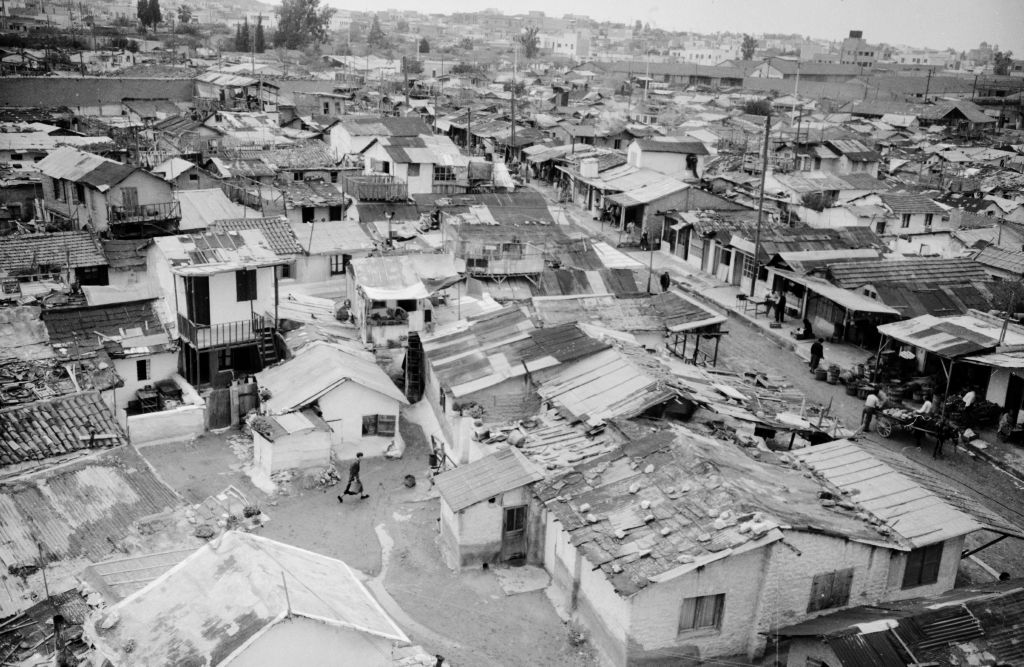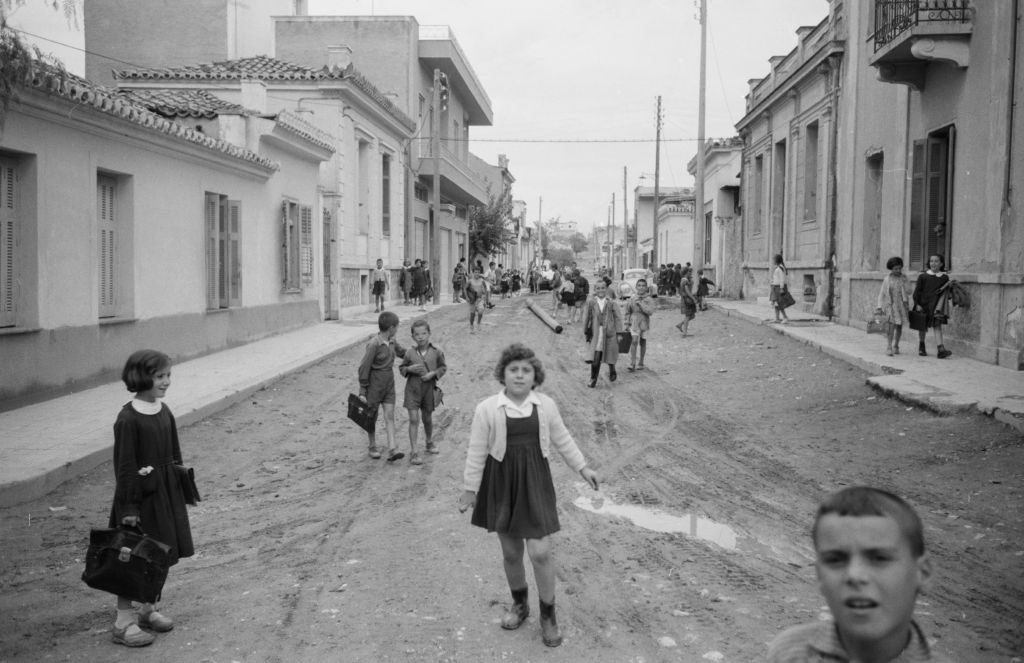The many aspects of “refugee memory”
- How did the ideological landscape shift after the catastrophe and defeat in Asia Minor and the arrival of the refugees?
The most widespread assumption about how the defeat in Asia Minor affected the ideological landscape of Greece is that it became the tombstone of the Great Idea. This is only partly true: indeed, the Greek state was effectively forced to abandon its irredentist plans, although the national imaginary preserved fragments of the Great Idea for many more decades. For example, we see its remnants in the ideology of the lost homelands. The greatest change, however, concerns how the State was forced to shift its focus to solving its pressuring domestic problems. The rehabilitation of refugees was not a simple matter. Even more than housing, it concerned how the Greek society would proceed after the trauma of the defeat – in terms of the military and the ideological level, since this was how it had steered itself since mid-19th century. This confrontation would not only require an earnest effort for planned reforms that would ensure social cohesion (for example, reforms concerning refugee rehabilitation, social security and health), it would mean a redefinition of the concept of Hellenicity. It is interesting to think that similar discussions took place in most societies during the Interwar Period.
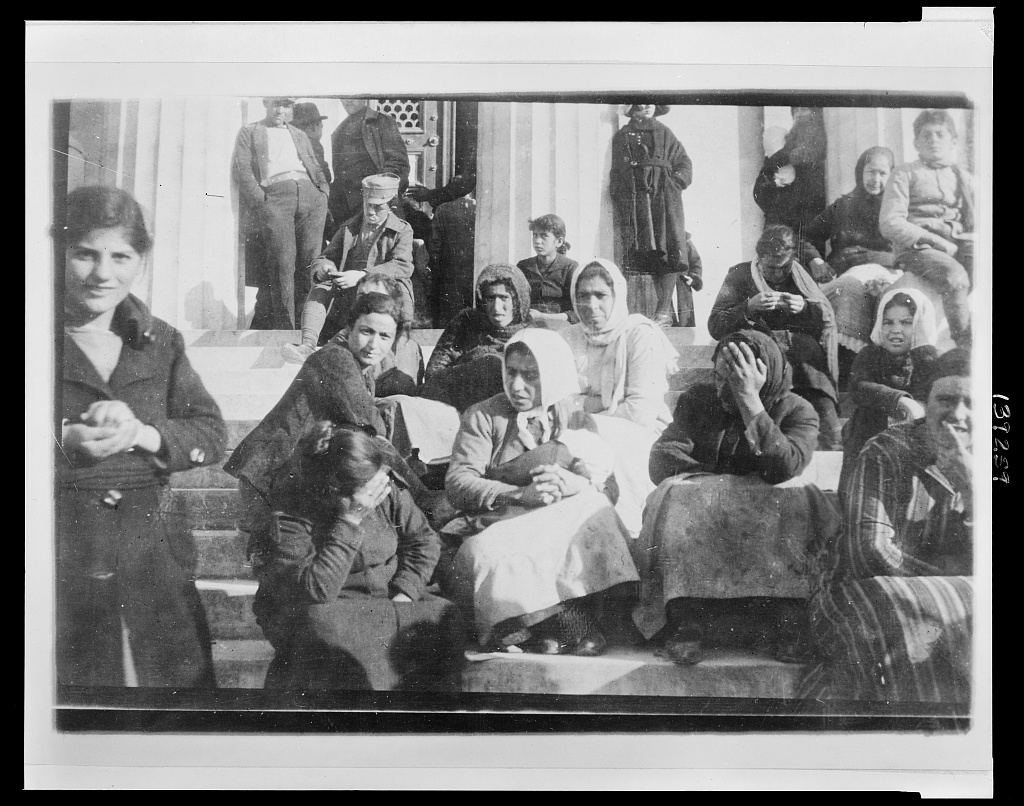
Πρόσφυγες στην Ελλάδα
- What are the pillars on which refugee memory is formed and what are its demands and pursuits?
The notion of “refugee memory” is in itself problematic. When the refugees arrived, their memory was not at all congruent – and the same applied to their experience. This is evident in the testimonies at the Centre for Asia Minor Studies. When the refugees arrived in Greece, it was certain that they would ultimately be integrated: this was ensured by the nationality prescribed by the Convention concerning the Exchange of Greek and Turkish Populations. The fear was that integration would be the same as assimilation. To avoid assimilation, the refugees had to be able to tell their story. The first stage was to form a collective memory among those who had experienced displacement. The effort to move from individual memory, disjointed and fragmented as it was, to a cohesive “We”, took many years. The second stage was for this memory to be transmitted to those who did not have the actual experience. We refer to the universe of cultural memory, which is the memory of displacement, as depicted in literature, theatre, music, cinema etc. This is the memory that primarily achieves the inclusion of refugees to the national imaginary – in a schematic manner from the 1960’s onwards. The third stage was the claim for institutional memory. The discussion at this point concerns the demand for recognition of the Memory Day in commemoration of Asia Minor Hellenism – in other words, the claim for the State to recognize the trauma and integrate it into the core of national memory. Three stages of memory, three generations that processed them, and three demands of different quality.
Greek Intellectuals – Hellenicity is redefined
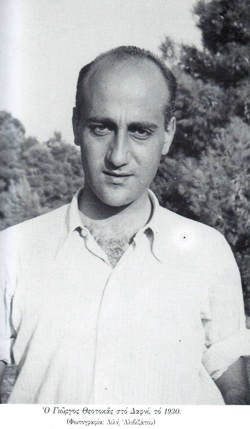
- What is the role of intellectuals in the formation of memory?
We just talked about the formation of collective memory as a prerequisite for integration. In practice, this meant that the notion of Hellenicity would have to open to accommodate the new arrivals. Still, Hellenicity was constructed in specific ways: it concerned the three thousand years of continuity of Hellenism and the extension of the Greek State on the basis of regional integration. Neither pillar responded to how the majority of refugees had formed their identities, which had community and religion at their core. Intellectuals undertook to “translate” memory and function as “intermediaries” between the Greek society and refugees. Since they themselves originated from Anatolia and given that they were established and socially appreciated in the Greek society before 1922, they undertook the difficult task of, on the one hand, aiding to establish a collective refugee memory from the fragmentary individual memories, and, on the other hand, of converting this memory into communication, so that the native-born Greeks could relate to it. Refugee memory was founded on the concept of the three thousand years of continuation, highlighting the participation of Asia Minor, Thracian, and Pontic Hellenism in all its stages, and it was also based on the loss (instead of integration) of historical geographical regions of Hellenism. The respective identities were founded on the same scheme. This project was not entirely new; historical geography had already been exploited for the national claim of “unredeemed lands” in early 20th century. It was just that at this juncture, the claim was replaced by trauma and the burden of defeat.
“…Intellectuals undertook to “translate” memory and function as “intermediaries” between Greek society and refugees…”
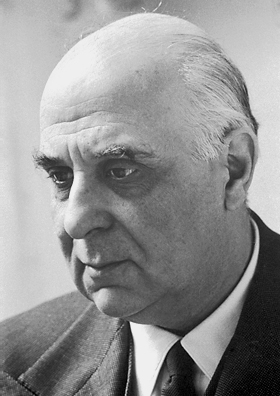
- How were refugee associations created and what was their role after 1922?
When the refugees arrived in the Greek State, they had to face more than poverty, displacement, and the anti-refugee sentiments of a large part of the Greek society. They had to first and foremost confront the dissolution of their world: they had moved from a world organized in societies to a modern world, where the individual stood alone before the State. During the first period, refugee associations assumed the role of intermediary that was held by the communities in the past. They helped refugees to fulfill their initial pressing needs after their arrival in Greece, find relatives and fellow countrymen, manage bureaucracy, find jobs, and build the settlements. This was the first stage of their contribution.
Refugee associations: supporting integration
The second stage concerned a more long-term need, which was to integrate refugees into the national imaginary. The contribution of intellectuals in the intermediation of memory was made mainly through the refugee associations and the magazines they published. In these magazines, Asia Minor Hellenism became a fixture of national history and memory tile by tile, while the recognition of these magazines by academic institutions in Greece and abroad gave them the necessary symbolic prestige. On the other hand, practices whose common denominator was the participation in the past of the Asia Minor homeland made this memory and identity familiar to refugees. Balls, scholarships, endowments, competitions etc., as well as the names of the associations, which were in alignment with the historical geography of Hellenism, prompted refugees to reform their memory, which included a middle level, that of the geographical region, which was missing from their experience.
- One hundred years later, how does education tell the story of the Asia Minor defeat and the arrival of the refugees?
I am afraid that even today, both in education and the wider public space, we study the Greek-Turkish War solely through the lens of national history. By choosing this road, however, we lose sight of the complexity of the period. Three great historical empires came apart after the end of the First World War, and nations were born from their guts. The history of the War is largely the history of how national identities were forged – to a great extent because of the blood that was spilled between neighboring communities. As a consequence, it is true that one view is to study the history of 1922 through the eyes of national history and irredentist claims, yet it can also be viewed as a world-changing history, which we can contemplate through the experiences of the displaced, and especially those who were unfamiliar with national ideology. We will then understand that it was a period of changes so deep and fast that people could not be easily grasp them – let alone manage them. This view also allows us to begin perceiving the experience of refugees – that majority of whom never “returned” to their homeland, as it is nowadays said from the safety of the one hundred years which have intervened, but were forced to abandon the only homeland they knew (after becoming witnesses to its rapid dissolution and feeling unwelcome in their own land) and to try to put down roots in a place, built new homes and create new stories about themselves and their past.
“… We study the Greek-Turkish War solely through the lens of national history. By choosing this road, however, we lose sight of the complexity of the period…”
- In the end, did the memory of the Asia Minor refugees find its place in our national memory?
Given that the year 1922 and the trauma of displacement is still one of the main areas of national memory, it has definitely found its place – in institutional terms as well – forming, in many cases, a regime of memory that does not allow for many deviations.
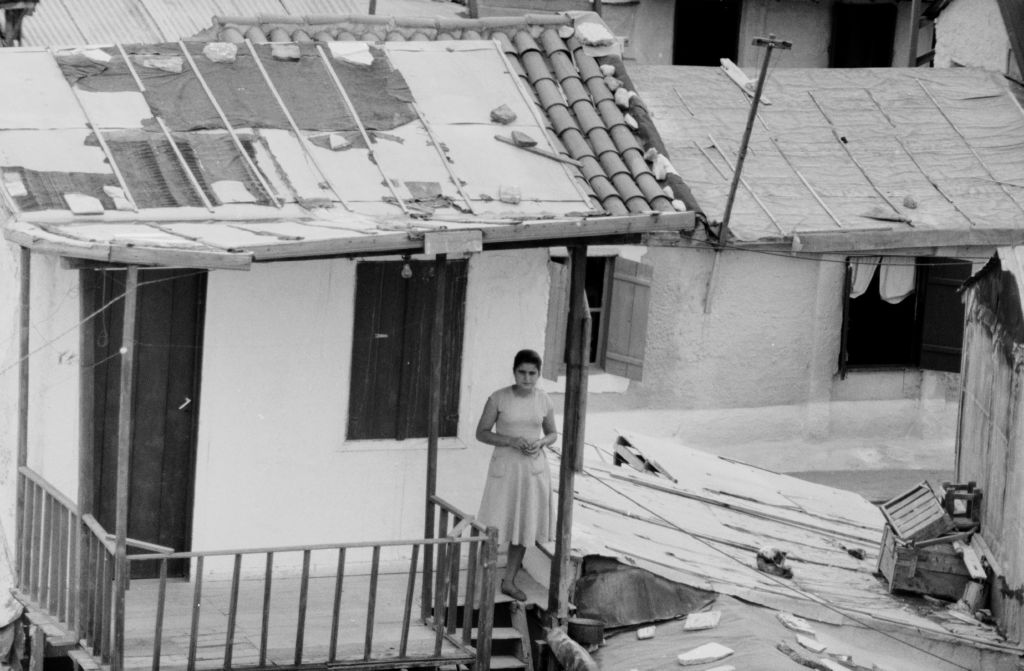
© Συλλογή Hans Gerber, Βιβλιοθήκη του Ομοσπονδιακού Ινστιτούτου Τεχνολογίας της Ζυρίχης (ETH Zürich)
- Which memory narrative finally became dominant?
What is essential is which memory narrative finally became dominant. It is worth discussing two characteristics:
The first concerns how refugee memory was formed over the course of the 20th century. With few exceptions, the narrative has been formed from the top-down, by upper-class intellectuals who spoke in the name of the refugees. Communicative memory for the Greek society, compliance with the narrative of memory for the refugee community. A refugee memory which, in the name of integration, avoided all conflict with official memory. There are cases where refugee memory openly identifies with nationalist loyalty. In all cases, emphasis was placed on the contribution of refugees to the nation, the society, and the economy. This, however, is not the whole story. There is a well-known connection between the refugee population and the Left, and the role that refugees played in the National Liberation Front (EAM), especially in the neighborhoods of Athens. It is also a well-known fact that there were aspects of refugee culture (such as, for example, the music of rebetiko) which, prior to being cleansed of their social attributes and integrated into popular culture, were banished and regarded as morally reprehensible. These aspects are slowly being included in the discourse, but usually without being connected to the social experience to which they correspond. Even today, we still talk about refugees as if they were a homogeneous group – or, in other words, as they are reflected in the narrative of refugee memory that was more or less formed up to the 1970’s. The parameter of trauma was added a few years later – at the end of the 1980’s and the beginning of the 1990’s.
The displacement of 1922 is – additionally – an international event
The second characteristic relates to the treatment of the 1922 displacement as an event that solely concerns the case of Greece. To put it differently, in the national memory, we omit to include the Asia Minor refugees in the thirteen million refugees created by the long First World War. We are not examining displacement as the international event that it was. This omission is important, because it fails to consider the historical timing and the manner in which the sheer number of refugees on an international level established the need for a legislative and institutional framework that subsequently allowed them to claim the terms and conditions of their integration. Greece is far from excluded from this circumstance; on the contrary, because it had to manage the refugee flows somewhat later than other states, it was able to respond in a more organized manner. The simplest thing, the Convention concerning the Exchange of Greek and Turkish Populations, and the condition that refugees would be granted the nationality of their new homeland, was largely the result of the problem of stateless refugees that the Society of Nations had to manage a few years earlier. We believe that perhaps by treating 1922 as a national exception we can highlight the immensity of the trauma. In reality, this approach does the opposite, because we squeeze memory into a narrative that moves between the victimization of refugees and the saga of rehabilitation. The Interwar Period was much richer: refugees became the engine for the creation of international organizations, reform schemes, and visions of social peace and progress. There are threads that were cut, but were often rewoven – and which, in all cases, are part of collective memory. But we rarely talk about this memory.
